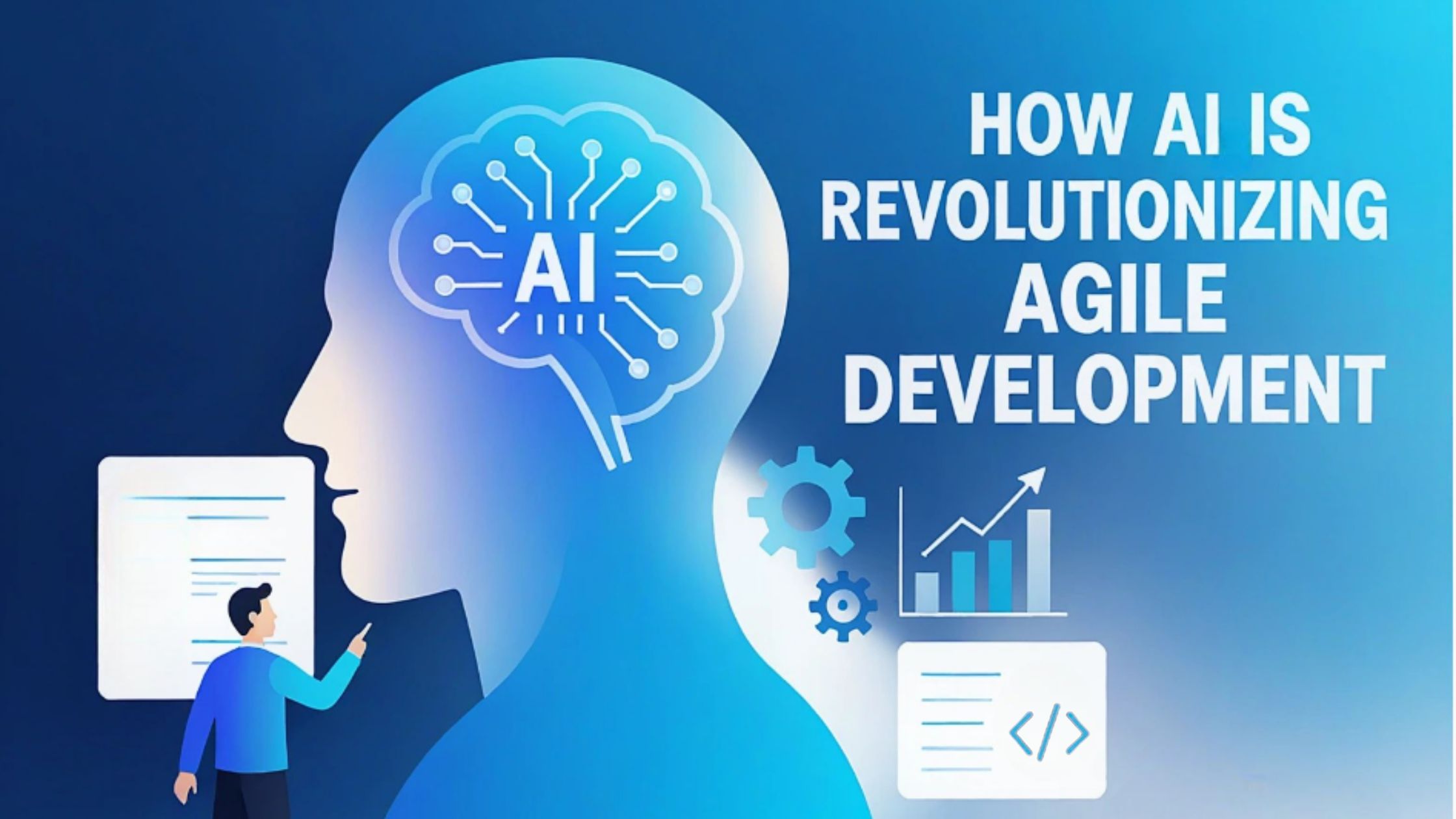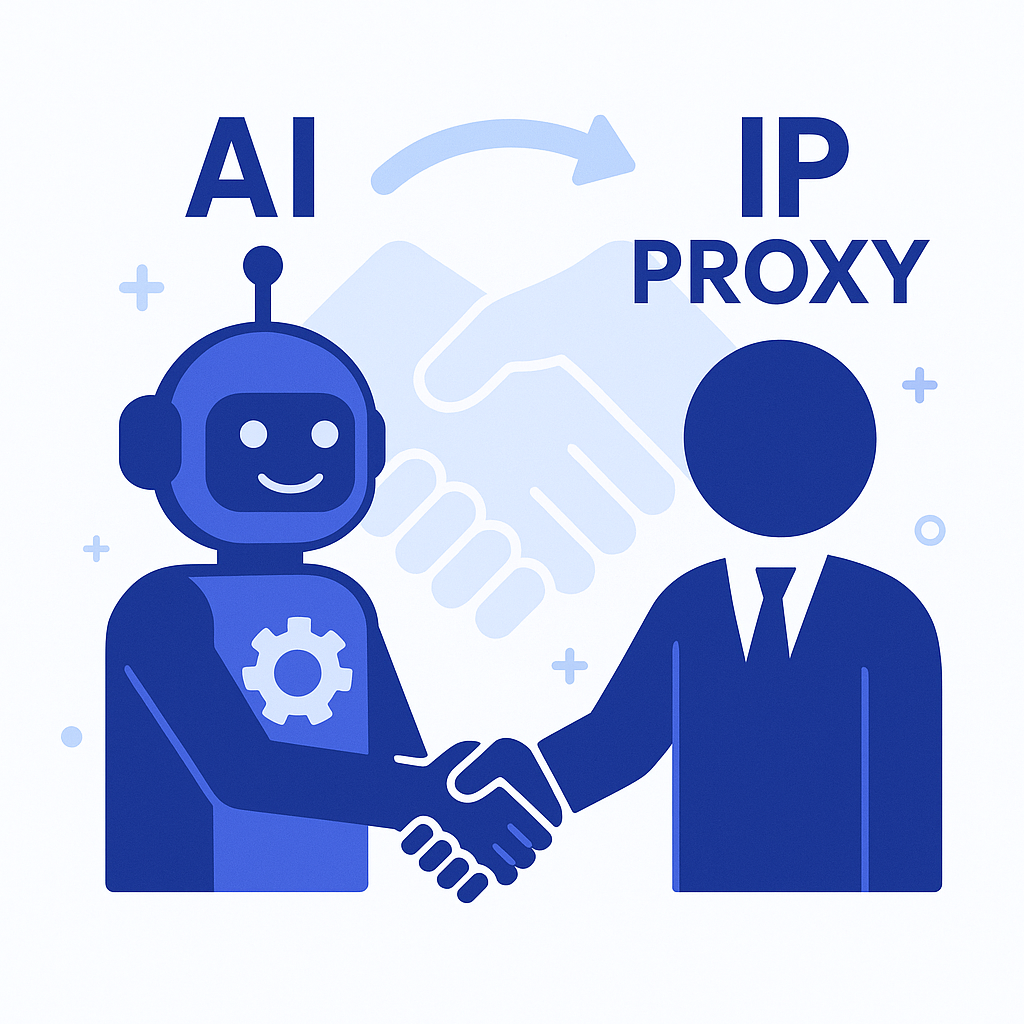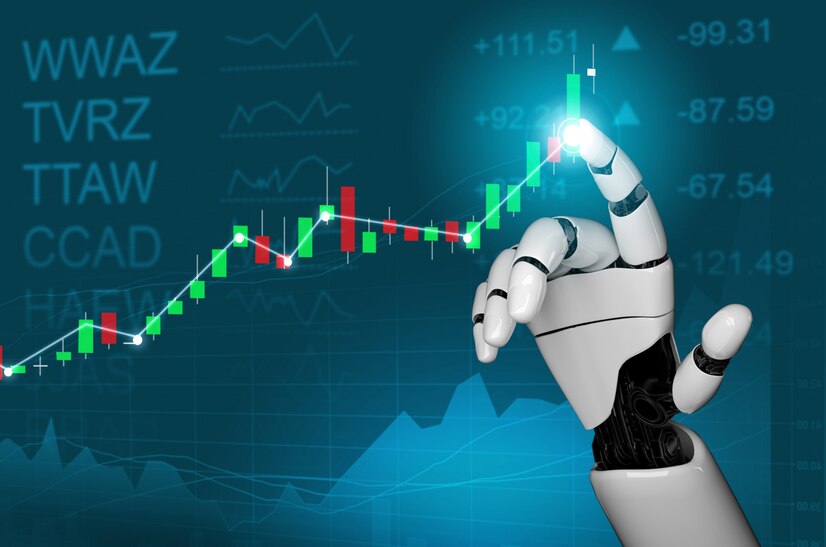How AI is Changing Agile: Smarter Sprints, Better Predictions, Faster Delivery

Strong 8k brings an ultra-HD IPTV experience to your living room and your pocket.
Agile is a set of principles and practices that focus on iterative development, collaboration, and responding to change. Teams work in short cycles (sprints), constantly reviewing and improving their work. This approach is popular because it helps businesses deliver value quickly and adapt to new requirements.
AI refers to computer systems that can perform tasks that usually require human intelligence. This includes things like understanding language, recognizing patterns, making predictions, and automating repetitive work.
When AI is combined with Agile, teams can automate routine tasks, make smarter predictions about project timelines, and deliver higher-quality software faster. This is why more companies are seeking AI Development Services to stay competitive.
How AI Improves Agile Workflows
1. Data-Driven Sprint Planning and Backlog Prioritization
AI analyzes historical sprint data, team performance, and resource availability to recommend sprint goals and timelines. This helps teams set realistic targets and avoid overcommitting.
Backlog prioritization becomes smarter. AI can process customer feedback, usage data, and market trends to highlight the most valuable features or bug fixes. This ensures teams focus on tasks that bring the most value to users.
2. Automation of Repetitive Tasks
Routine development tasks like code reviews, testing, and documentation can be automated using AI tools. This reduces manual effort and frees up developers to focus on solving complex problems.
Automated code generation and refactoring: AI can generate code from high-level descriptions or optimize existing codebases, speeding up development and improving consistency.
3. Predictive Analytics for Smarter Decision-Making
AI systems analyze historical and real-time data to predict project risks, estimate delivery timelines, and suggest resource allocations. This helps teams anticipate challenges and adjust plans proactively.
Sprint outcome forecasting: Machine learning models can predict the likelihood of completing all sprint goals, helping teams identify bottlenecks and adjust workloads before issues arise.
4. Quality Assurance and Automated Testing
AI-powered testing tools can create and run test cases, detect bugs, and analyze code coverage automatically. This maintains high-quality standards even during rapid release cycles.
Faster bug detection: AI can scan codebases for vulnerabilities or performance issues, reducing the time spent on manual reviews and improving product reliability.
5. Enhanced Collaboration and Communication
AI-powered chatbots and virtual assistants can help teams communicate more effectively. They can answer common questions, help with documentation, or even generate user stories from customer feedback.
AI tools can also facilitate cross-functional collaboration by providing insights and recommendations to both technical and business stakeholders.
Real-World Examples of AI in Agile
- Spotify uses AI to analyze developer productivity and sprint outcomes, enabling faster sprint planning and more accurate resource allocation.
- Amazon applies AI to prioritize its product backlog by analyzing real-time customer behavior and feedback, ensuring updates align with user needs.
- Many leading companies use AI-powered tools like Jira AI plugins, Asana Smart Assist, Testim, and Mabl to automate planning, testing, and reporting in their Agile workflows.
Step-by-Step: AI Throughout the Agile Cycle
1. Sprint Planning
- AI reviews past sprint data, team velocity, and current workload.
- It recommends achievable sprint goals and flags potential risks.
- Teams use these insights to set realistic expectations and avoid bottlenecks.
2. Backlog Management
- AI analyzes user feedback, support tickets, and usage data.
- It ranks tasks and features based on expected business value.
- Product Owners can make informed decisions about what to build next.
3. Development and Testing
- AI automates code reviews, suggests improvements, and generates documentation.
- Automated testing tools run test cases, report bugs, and check code quality.
- Developers spend less time on routine checks and more on innovation.
4. Sprint Review and Retrospective
- AI compiles metrics on sprint performance, highlighting what went well and what needs improvement.
- Teams get actionable insights for continuous improvement.
Benefits for Businesses
Faster Delivery
AI speeds up planning, coding, and testing, allowing teams to release features more quickly.
Better Predictions
Teams can make data-driven decisions, reducing uncertainty and increasing the likelihood of meeting deadlines.
Higher Quality
Automated testing and code analysis catch issues earlier, improving product reliability.
Improved Collaboration
AI tools help teams communicate better and stay aligned on goals.
Optimized Resource Use
AI analyzes workloads and skill sets, helping managers allocate tasks more effectively and prevent burnout.
Challenges and Considerations
While AI brings many advantages to Agile, there are challenges to consider:
- Data Quality: AI relies on accurate data. Poor data can lead to bad predictions or missed opportunities.
- Change Management: Teams need to adapt to new tools and ways of working.
- Human Oversight: AI supports decision-making but does not replace the need for human judgment and creativity.
Getting Started: Practical Tips for Businesses
- Start Small: Begin with automating simple tasks or using AI-powered analytics in your Agile process.
- Build Cross-Functional Teams: Include both technical and business experts to get the most from AI in Agile.
- Focus on Continuous Improvement: Use Agile’s iterative nature to test, learn, and refine your AI tools and processes.
- Choose the Right Tools: Select AI solutions that integrate well with your existing Agile tools and workflows.
- Work with Experienced Partners: Partnering with an AI app development company can help you avoid common pitfalls and get value faster.
The Future of AI in Agile
The integration of AI with Agile is still evolving. As AI technologies become more advanced, we can expect even smarter automation, more accurate predictions, and new ways to collaborate. Businesses that embrace this combination will be better positioned to deliver value quickly, adapt to change, and stay ahead in a competitive market.
Ready to Make Your Agile Smarter with AI?
If you’re looking to bring the benefits of AI to your Agile development process, the right partner can make all the difference. At webclues infotech, our team specializes in building AI-powered solutions that help businesses streamline development, improve predictions, and deliver better products—faster.
Contact us today to learn how our AI Development Services can help your business achieve smarter sprints, better predictions, and faster delivery.
Note: IndiBlogHub features both user-submitted and editorial content. We do not verify third-party contributions. Read our Disclaimer and Privacy Policyfor details.







